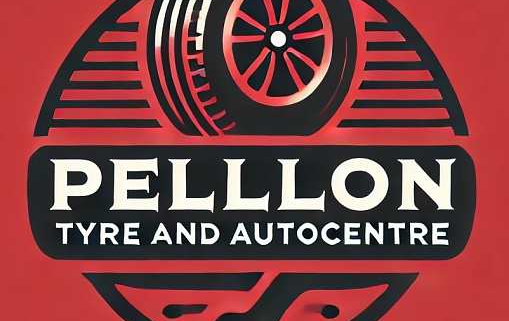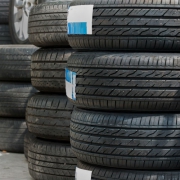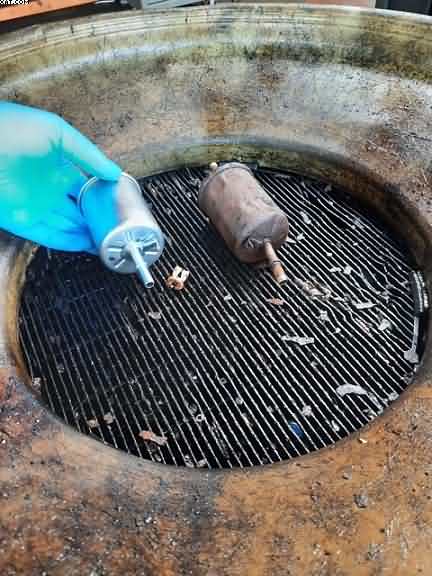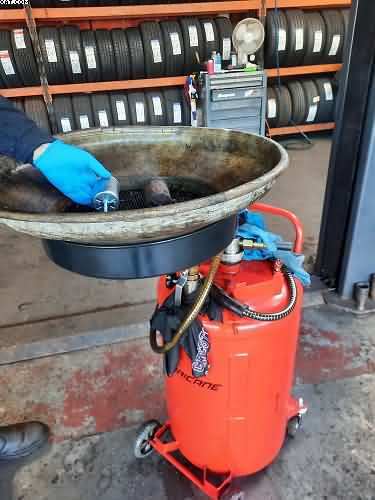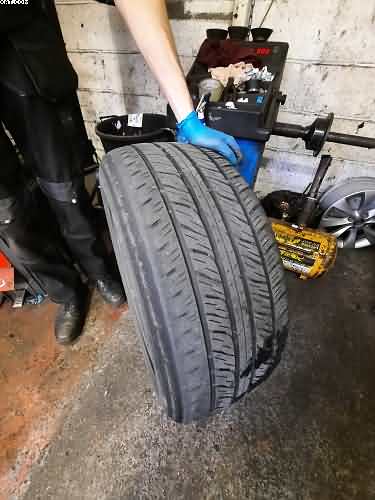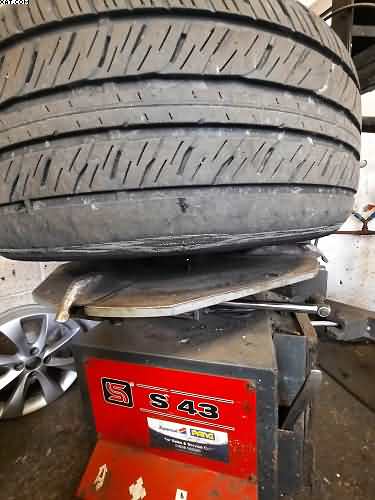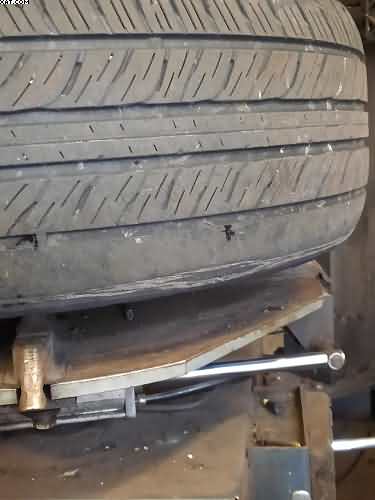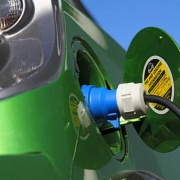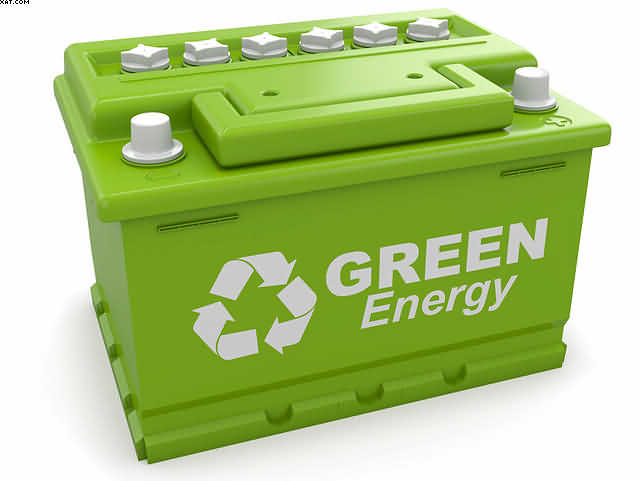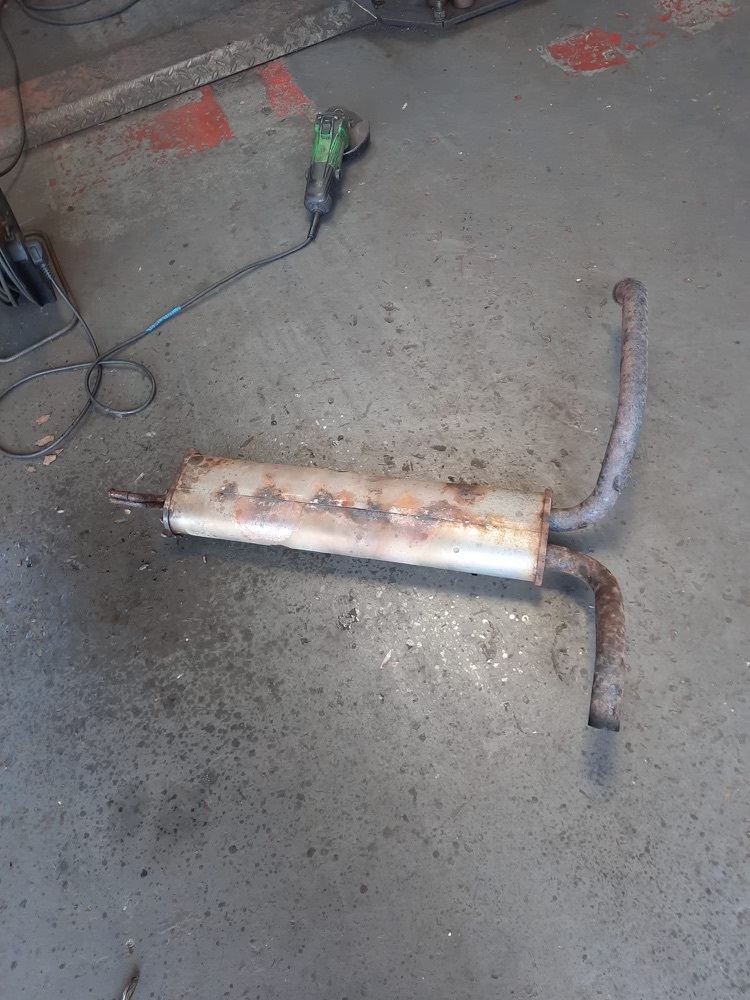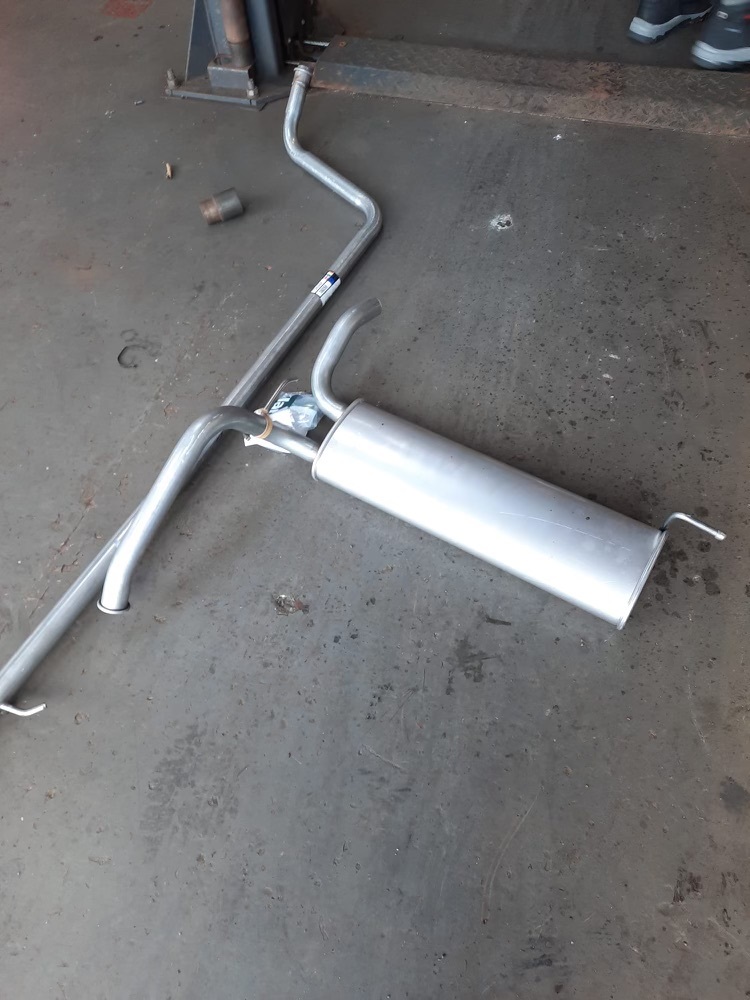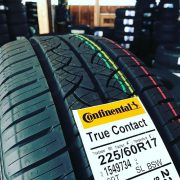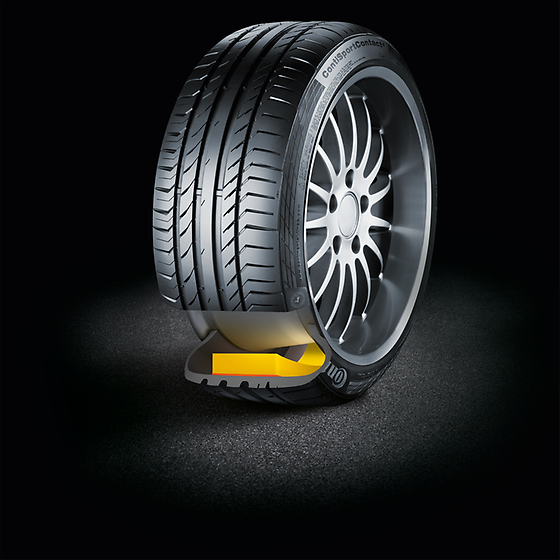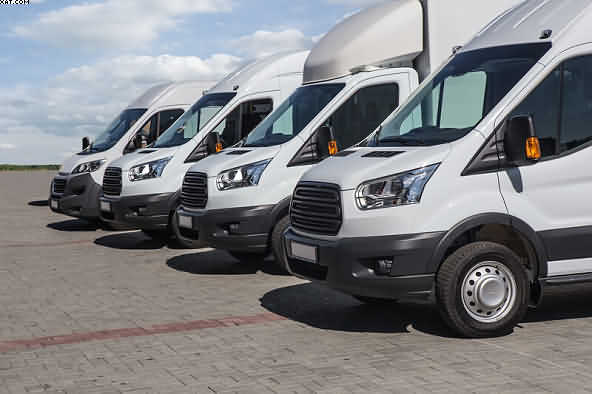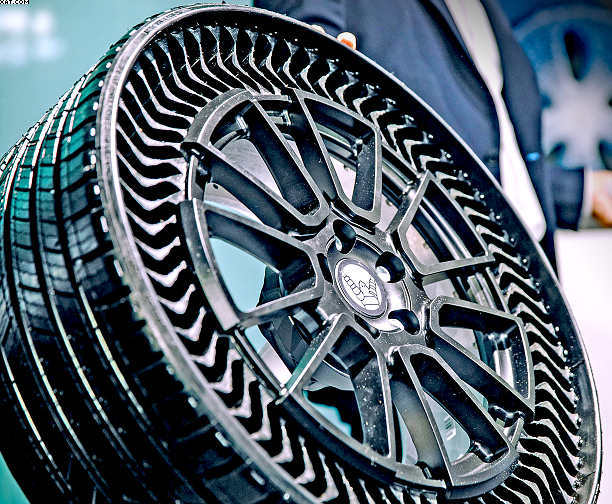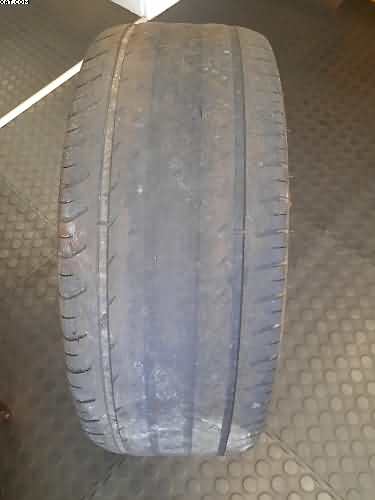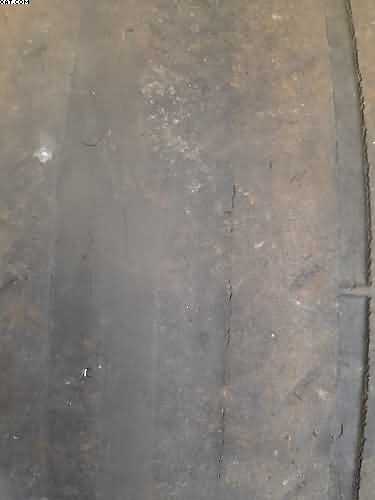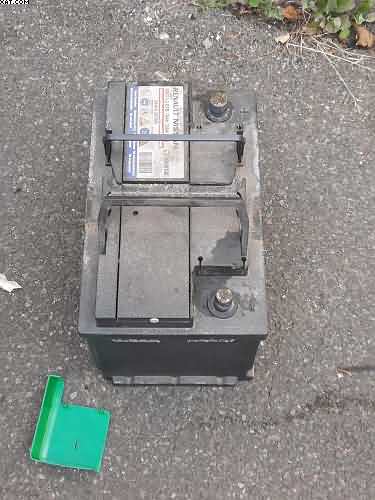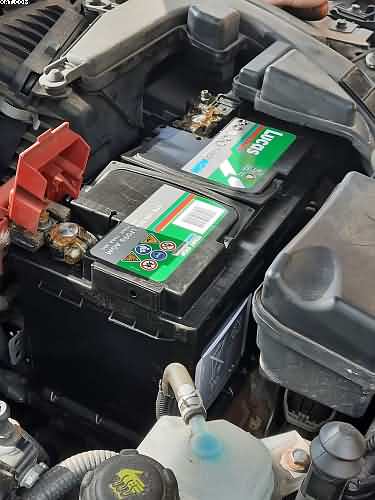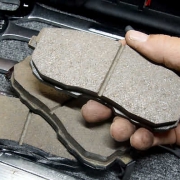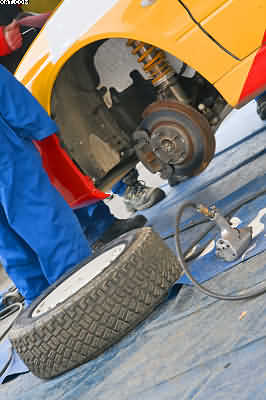Sunbeam Rapier Cross Ply Tyres
Table of Contents
Sunbeam Rapier Cross Ply Tyres
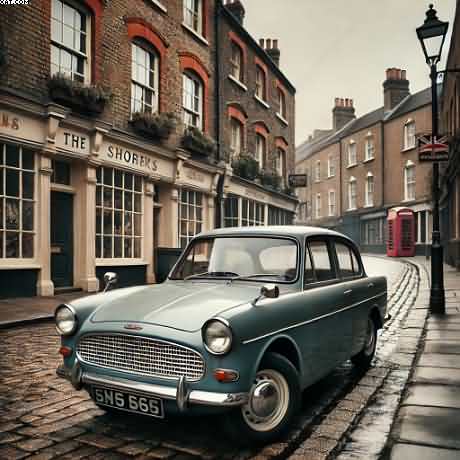
Sunbeam Rapier Cross Ply Tyres
A Retrospective at the Early Sixties:
The Cross-Ply Tyre Era in British Automobiles
You most likely associate iconic vehicles like the Mini, Morris Minor, and Ford Anglia (all on which I worked on as a young mechanic), with the vehicles that pampered UK roads in the early 1960s. These cars capture the spirit of a bygone age of motoring with their endearing styling and distinctively British personalities. Many people are unaware, though, that behind those recognisable wheels were cross-ply tyres, also referred to as X-ply tyres, which are far more representative of the time.
What Are Cross-Ply (X-Ply) Tyres, in Brief?
It’s important to comprehend what these tyres are before delving into their history and significance. In the early 1960s, cross-ply tires dominated the market in the United Kingdom. The cords in a cross-ply tyre are 45-degree angles arranged diagonally across one another, usually consisting of layers of nylon or rayon fabric. The tyre gets its name and unique construction from this crisscross pattern. For many years before to the widespread use of the more contemporary radial tyres, this design was tried and true.
The Early Sixties Driving Experience-Sunbeam Rapier Cross Ply tyres
Driving a classic car from the 1960s is a very different experience from driving a current vehicle, as anyone who has done so will attest. A portion of the variation can be attributed to the handling qualities specified by X-ply tyres. Although sturdy, these tyres made for a shaky and unclear driving experience. It was often necessary to struggle with the steering wheel to maintain the car on a straight course because corners weren’t as sharp as they are now, especially while travelling at greater speeds.
But that was the standard back then. Drivers were more engaged in the process, and people were accustomed to automobiles feeling a little floaty. The tyres added to this nostalgic, bygone era in which driving was more than simply a means of transportation—it was an adventure in and of itself. These narrow tyres, when combined with strong suspension and drum brakes, gave the cars of the era a distinct look.
Why Did X-Ply Tyres Gain Such Notoriety?
In the UK, tyre producers and automakers were well-versed in cross-ply technology by the early 1960s. They were inexpensive, simple to make, and a good fit for the cars of the day. Compared to now, the average speed was substantially lower, cars were lighter, and the roads were narrower. Because of this, X-ply tyres satisfied the demands of the typical British driver with their simpler design.
Additionally, X-ply tyres were durable. Their ability to tolerate uneven terrain and potholes was what made them perfect for the patchy post-World War II roads in Britain. They didn’t offer the best amounts of grip, but they did last a long time for the motorist on a budget.
The Transition to Radial Tyres-Sunbeam Rapier Cross Ply tyres
But as the 1960s went on, a brand-new technology started to take off, literally. First created in France in the late 1940s, radial tires first appeared on British roadways in the 1950s. Radial tyres, in contrast to cross-ply tyres, have cords that are 90 degrees angled towards the direction of travel and extra steel belt layers under the tread. Better grip, increased tread life, and more accurate handling were all made possible by this design.
Radial tires began to gain popularity by the late 1960s, especially as cars got quicker and more powerful. Despite its initial resistance to change, the UK market eventually accepted this new technology. However, X-ply tires ruled the early 1960s for a significant amount of time.
Reminiscences on Modern Roads
For fans of vintage cars, maintaining period-appropriate tyres is essential to maintaining the vehicle’s authenticity. Cross-ply tires are still a popular choice among owners of automobiles from the 1960s who want to preserve the original driving feel. Driving a Morris Minor or Ford Cortina on X-plies has an undeniable charm, even if you have to put up with a few handling and comfort oddities.
The modern tyre has advanced significantly, providing increased efficiency, safety, and performance. But those early 1960s vehicles and their X-ply tyres evoke a certain nostalgia, taking one back to a bygone era when driving was much less about convenience and much more about character and hands-on experience.
Final Thoughts: The History of Sunbeam Rapier Cross Ply tyres
British automotive history was fascinating during the early 1960s. The X-ply tyres on the cars of the time were a crucial component of the appealing and functional design of those vehicles. Even if contemporary radial designs have long since surpassed them, X-ply tyres are nevertheless associated with a bygone period in which driving required greater expertise and every trip seemed a little bit like an adventure.
The cross-ply tyre is more than just a piece of rubber for people who are passionate about vintage automobiles or who have happy memories of bygone times. It’s a link to a distinct era in British automotive history, when vehicles had personalities of their own and the sound of whirring engines and crisscrossing tyres filled the streets.
Sunbeam Rapier Cross Ply Tyres
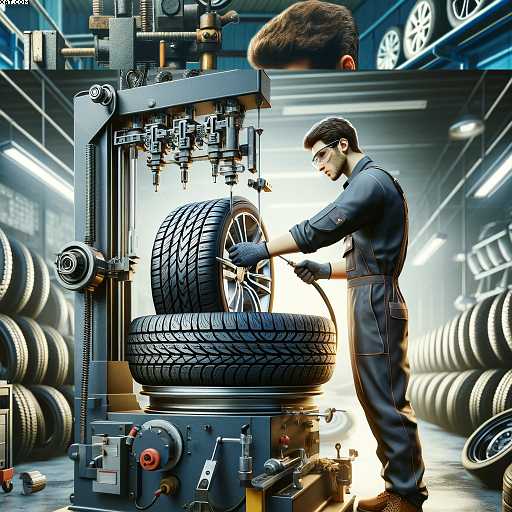
Sunbeam Rapier Cross Ply Tyres
One of the great things about my job. Hence, as MD of Pellon Tyres,. No two days are the same. Thus, the only unfortunate thing about this is that your time does fly when your having fun.
As expected, the other day I had a motorcycle battery to deliver (we offer next-day delivery). Because it was only a few miles away in Bradford, I decided to deliver the battery myself. I will very often provide batteries in the nearby towns in West Yorkshire. We try to give the best service to our customers through our tyre shop and websites.
However, I arrived at the house in Bradford. Sunbeam Rapier Cross Ply Tyres
So the customer was out. Therefore, I hid the battery under a bucket and left a note. Thereupon, on my way back to my van, I noticed an old car parked up in
r’s driveway. I love old cars and often write blogs about them. Hence, this was no exception.
The car was a Sunbeam Rapier. I was over the moon and took a couple of pictures. These cars reminded me of when I was a young mechanic: my friend Richard Ellis worked in Dewsbury at a Routes garage, and I worked at a BMC garage ( soon to become British Leyland).
We always shared stories about the good and bad points of the cars we worked on, including the Sunbeam Rapier. I do not remember seeing one until the other day in Bradford. I think the owner of the Sunbeam is a member of the Sunbeam Rapier Owners Club.
Sunbeam Rapier Cross Ply tyres
The Rapier was an upmarket version of the Hillman Minx; the early ones only had a speed of 85mph. The Rapier was given tail fins and a new-style grille for the radiator, with the option of a convertible body, making the car look cool. As far as I can remember, they originally came out on cross ply tyres in the sizes 590×13 and then 600×13, but I stand corrected if you know better.
In 1961 the convertible came out and was a very sound car; it had whitewall tyres. Sunbeam Rapier Cross Ply tyres
and was fitted with a walnut dash with two-tone paint, making the car look unique. The Rapier was out at the same time as the Vauxhall Cresta and the Ford Zodiac, all iconic cars of the time.
Lastly, I hope this blog brings back some memories, as it did to me. A story from a motorcycle battery delivery sunbeam with 590/600×13 tyres
